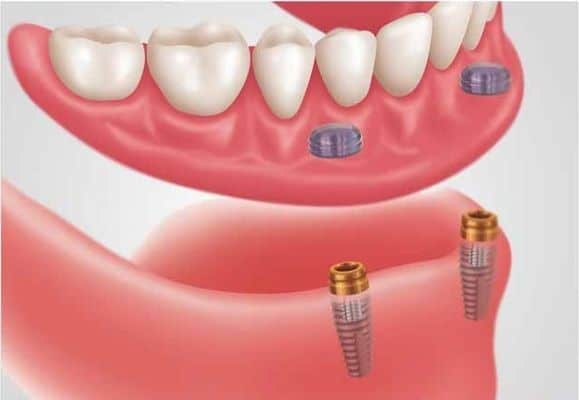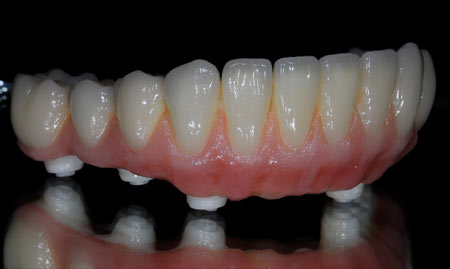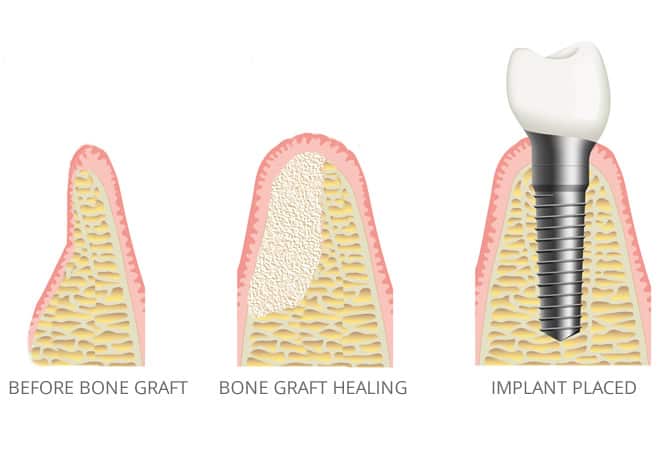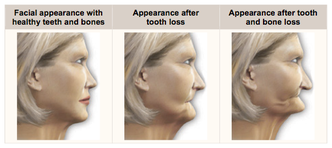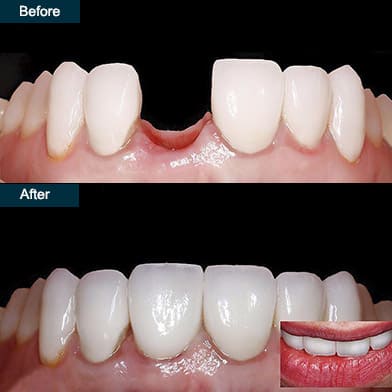If you’re tired of wearing poor fitting dentures or if you need to replace all your teeth with affordable implants, Snap-On dentures may be the way to go. This article look at the key advantages of Snap On dentures compared to regular dentures. For starters Snap-on teeth do not cover the palate. And you never need denture adhesive or glue.
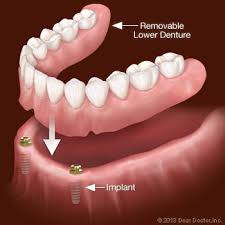
implant denture vs regular dentures
Advantages of Snap-On Teeth Compared to Regular Dentures
- Better Stability. Implant dentures do not move while eating and will not fall out of the mouth while talking
- Less food gets under the snap-in
- Less bone loss because some of the lost teeth are replaced with implants. Placing Implants preserves jaw bone.
- Better Chewing function
- Improved nutrition and diet. Food is properly chewed. Patient absorbs nutrients from the food and does not get constipated.
- No more Fixadent or denture glue
What are Snap In Dentures Video
The Benefits of Snap On Teeth
Implant dentures aka implant over dentures, can be fabricated for either the upper or lower jaws. The advantage of dentures with Implants over conventional dentures is the ability to use the implants as anchors so the dentures do not move during eating or talking. How do denture implant attachments work? Dentures with implants also preserve the bone levels and maintain facial support thereby maintaining a more natural youthful smile. Options for implant dentures include four, five and six implants. The more implants the better the stability of the teeth. Cases with more implants have upgrade options to permanent implants such as full mouth implant bridges. Implant dentures is one example of how to replace a full set of teeth with dental implants
Different Options to Replace All Teeth with Implants Video:
Meet Dr. Adams
Dr Adams sees patients from Maryland, DC, Virginia, across the USA and abroad. Dr. Adams has successfully placed thousands of implants. Dr. Adams can handle cases involving one up to a full mouth of implants. Dr. Adams performs his own implant surgery and fits and places all his own implant teeth.

Dr Gary Adams
Lower Implant Dentures Need at Least 2 implants but 4 is better:
The standard number of implants to do implant dentures for the lower jaw is two with two locator attachments stabilizing the denture. In some cases 4 implants and locators may be necessary to stabilize a lower set of teeth. Due to forces exerted by the tongue and cheeks during speaking or swallowing, a lower denture without implants is far more likely to come out while eating and talking. By contrast, dentures locked into implant attachments rarely come out during normal chewing, talking and daily activity.
Full Upper Set of Teeth Can be Replaced with 4 Implants
As many as six implants can be placed in the lower jaw, depending on the patients needs. As the number of implants increases, so does the stability of the denture, in addition to decreasing the amount of denture material in the patients mouth. With between four and six Dental Implants for the lower jaw, the patient has the options of a denture that is fixed into place full time or one that is stable during the day and removed at night. Another considerable permanent option with 4 or more implants is the All on 4 full arch implant bridge which can replace a full set of upper and lower teeth permanently with as few as 4 implants per jaw.
Upper Snap-On Teeth Needs 4 Implants
Similar options for the upper jaw are also available. Two implants for the upper jaw will dramatically improve the stability of an upper denture during function. It can be life changing for quality of life. When a patient opts for upper an upper denture that is retained by either four to six implants (depending on the clinical need), the area of the upper denture that covers the roof of the mouth can be removed from the denture. The main advantage being increased taste and a less bulky feel to the denture. Again, the implants provide stability for the new teeth so that the denture does not come out during speaking or eating.
Snap-In is the Least expensive Full Mouth Implant Technique
Implant over dentures offer the best increase to quality of life for people struggling with loose teeth falling out. People with existing dentures that no longer stay in properly, and people are loosing bone with failing teeth. By utilizing implants for dentures, the patients bone is preserved, the facial proportions and dimensions are preserved (bringing a more natural and youthful look). Stabile teeth improves the ability to eat and speak properly (without worry of the dentures popping out).
The easiest way to determine if Implant Dentures are right for you is to come into the office for a complimentary exam to discuss your options with one of our excellent dental implant dentists.
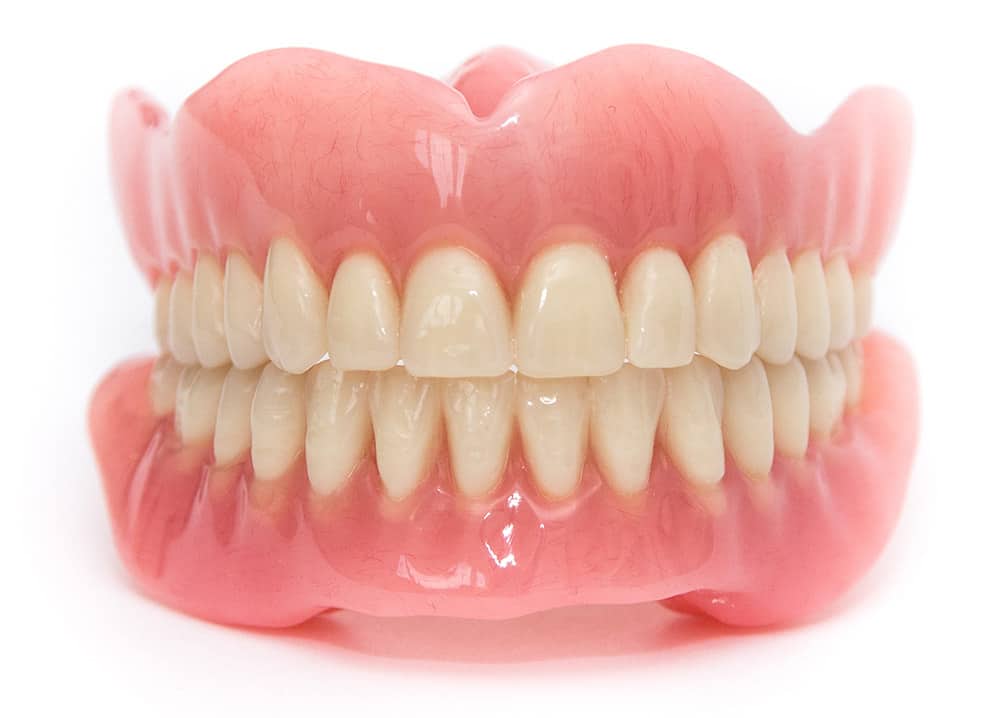
Regular dentures
Advantages of Regular Dentures Compared to Snap On Teeth:
- Cost effective. Dentures are not expensive compared to implant tooth replacement options
- Can be made quickly and delivered the day of tooth removal.
- A great temporary option while implants are healing.
- Easing to refit after gum and bone healing.
- Look very good cosmetically because they can replace lost gum tissue and teeth.
Disadvantages of Regular Dentures:
- Thick and uncomfortable. Feels uncomfortable. Like you have a mouth full of plastic.
- Cannot be used in the event of a gag reflex. The denture will press on the roof of the mouth and cause the patient to gag.
- Can interfere with tasting food due to tongue interference and palatal coverage with acrylic plastic.
- Not tolerated by people with small mouths
- Not a good solution for people with sleep apnea because it takes up space in the mouth and can further close the upper airway.

 (301) 421 1996
(301) 421 1996 burtonsvillesmiles@gmail.com
burtonsvillesmiles@gmail.com